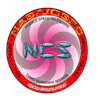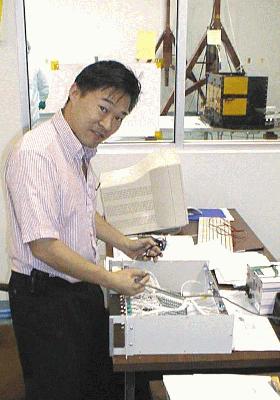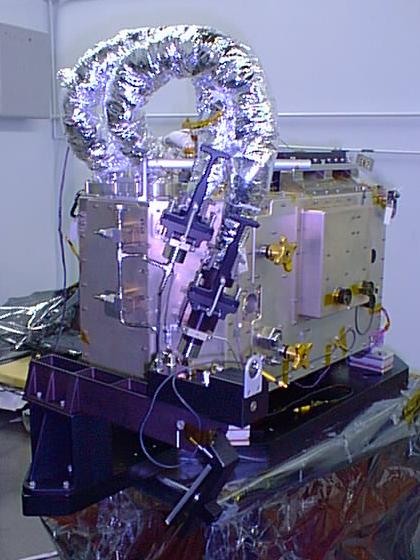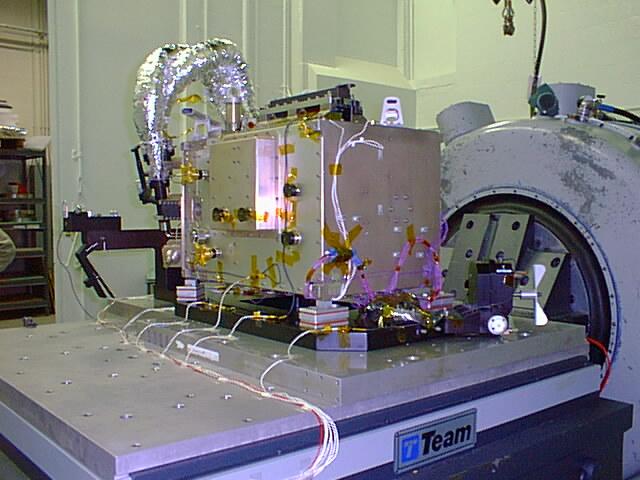| Home | Job | Pinball | Photo Album | Automotive | Press/Awards | Contact |

NICMOS Cryocooler 
In 1997, during the Second Servicing Mission, NASA installed the NICMOS instrument. Its sensitivity to the very deep infra red requires it to be kept very, very cold during its operation (50 to 80 degrees above absolute zero). This is done by some nitrogen ice that has since been depleted. In order to restore this very important instrument to functional status, the NICMOS Cryocooler System (NCS) will be installed on Servicing Mission 3B.
Inside the cooler, there is a power converter that drives the spinning turbines of the NCS. This is the part I helped to build and test. Together with the computer that runs this system, the NCS is able to cool NICMOS to about 75 degrees above absolute zero (75K). When the astronauts install NCS, they will make a major change in the appearance of HST. On the outside, they will be mounting a very large radiator which disposes of the waste heat generated by this cooling process.

Working on the test equipment. The black box with the gold squares in the background is the flight
NCS computer, known as the 'Essential Services Module' (ESM).

Different view of the test lab.

I worked on the Power Conversion Electronics (PCE) inside the
NCS.
Here it is (gold box on right)
being prepared for the vibration test. The photographer cut
my
head off, ackk.

The NCS, sitting in our clean room. The two silver flex tubes
at the top connect
to the NICMOS instrument for cooling. The two star-shaped
gold-colored
handles are valves
that the astronauts turn to activate the flow of gases inside the
cooler.
The black caps on the right
cover connectors that will be mated in space (Feb 2001).

The NCS installed in our Hubble High Fidelity Mechanical
Simulator.
This is a close copy of the telescope
for fit-checking new instruments. Note the NCS in the bottom
left corner. It is sitting next to the NICMOS
mockup.

NCS just before its final vibration test. Note how the flex
lines
that connect to NICMOS instrument (silver)
are stored in the holsters. During the installation, the crew
will free them by pulling on the 'Tee' shaped handle.
Here, the NCS has been mounted on its black base plate, that has the
latches that will lock the cooler into the
floor of Hubble (March 2001).

NCS on the vibe table just before the shaking. This test
validates
that the mechanical design will be
strong enough to withstand the vibration of launch in the shuttle.

Another view of the NCS on the table. This is the same table
where we
recently tested the Diode Box
Assembly.

Due to the high power consumption, we will have to add a radiator
(white
panel) to the outside of HST.
Here it is shown hanging on the HFMS Hubble Simulator for a fit check.